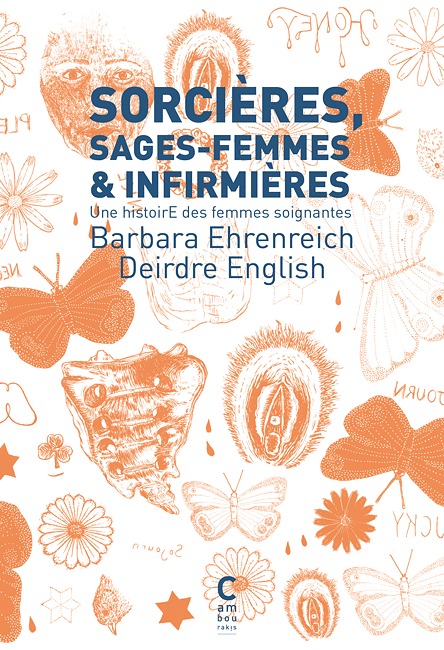What do you think?
Rate this book


121 pages, Paperback
First published November 30, 1972
"Ataerkinin ne olduğu kadınların bu sistematik dayatma altında hangi şekillerde ezildiği, hangi pozisyonlara girmeye zorlandığı ve tüm bunların arasındaki dinamik ilişkinin doğasına dair bu kitabın sundukları, meseleyi bütünüyle ortaya koymaya yetmese de verdiği örneklerle okuyucuya derin ve geniş fikirler edindirebilecek türden.
Cadılar, Ebeler ve Hemşireler (CEH) Amerika Birleşik Devletleri'ndeki ikinci dalga feminizm hareketi içinden çıkan bir belgedir. Kırk yıl sonra bu belgeyi tekrar okurken, etki alanı ve iddiaları bakımından sarsıcı ve çalışmak zorunda olduğumuz materyali yetersizliği dikkate alındığında, çoğu noktada şaşırtıcı ölçüde isabetli olduğunu gördük. Ayrıca, bugün okunduğunda, abartılı ve aşırı militanca gibi görünen bazı ifadeler nedeniyle biraz da utandık. Son kırk yılda hem tarihi açıdan hem de alana yaklaşımımız açısından çok şey değişti. Dolayısıyla CEH'in, haksızlığa karşı duyduğumuz öfke ve kızgınlığın ateşiyle yazıldığını kendimize hatırlatmamız gerek. Eğer o zamanki öfkemizin nedeni bugün tuhaf görünüyorsa, bunu sağlayan CEH gibi çalışmalar ve onun içinden çıktığı harekettir.
To know our history is to begin to see how to take up the struggle again.